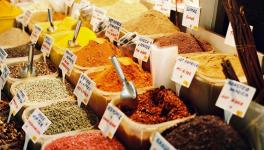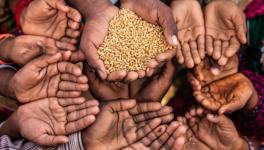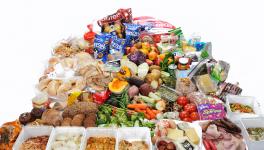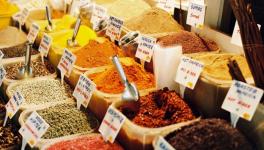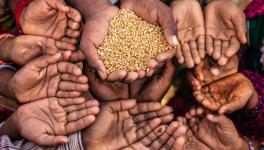Food Prices Rise to Highest Levels in Almost a Year: FAO
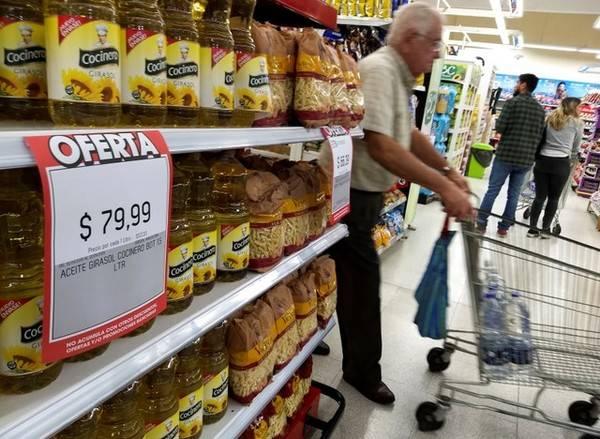
Image Courtesy: Business Insider
Rome: Global food prices climbed in April to their highest level in almost 12 months and were driven up by the cost of meat and dairy items, according to the United Nations Food and Agriculture Organisation's Food Price Index issued on Thursday.
The increase spanned all the covered food commodities except cereals, whose prices fell for the fourth month in a row amid large export availability and expectations for record global output in the coming year, said FAO.
The Food Price Index, which tracks monthly changes in the international prices of commonly-traded food commodities, averaged 170 points in April, up 1.5% from March while still 2.3% below its level one year ago.
The FAO Cereal Price Index dipped 2.8%, led by wheat and maize -- for which the production outlooks are positive -- while rice quotations were broadly stable, according to FAO.
By contrast, the FAO Dairy Price Index rose 5.2% from March, its fourth consecutive monthly increase, amid robust global import demand combined with supply concerns linked to dry weather in Oceania.
The FAO Meat Price Index increased by 3.0%, led by a sharp jump in international price quotations of pig meat due to a surge in import demand in Asia -- primarily in China, where the rapid spread of African Swine Fever has triggered a sharp fall in domestic production.
Bovine, poultry and ovine meat prices all firmed from March, FAO said.
The FAO Vegetable Oil Index also rose, by 0.9%. Palm oil quotations rebounded somewhat due to rising global demand and inventory drawdowns in the major exporting countries, while soya oil prices notched up due primarily to robust domestic demand in the United States from both the biodiesel and food sectors.
The FAO Sugar Price Index rose 0.8%, an increase largely driven by firmer crude oil prices, as higher energy prices encourage the use of sugarcane in Brazil to produce ethanol for local sale, the FAO said.
Early indications point to world cereal output hitting a new record of 2,722 million tonnes in this year, a rebound of 2.7% from the previous year, according to the new Cereal Supply and Demand Brief, also released on Thursday by FAO.
World cereal utilisation is also expected to reach a new high, rising by 1.5% in the coming year. Global food consumption of cereals is projected to rise by 1.1%, with that of rice increasing even faster, while the demand for coarse grains for animal feed and industrial uses is expected to be even stronger, FAO said.
Based on those forecasts, world cereal stocks will dip slightly 847 million tonnes, resulting in a small drop in the global cereal stock-to-use ratio to 30.1%, the UN agency said.
"International prices are likely to remain under pressure against a backdrop of overall comfortable supply and demand balances for nearly all the cereals, with trade prospects appearing positive especially for wheat and rice," the FAO said.
Get the latest reports & analysis with people's perspective on Protests, movements & deep analytical videos, discussions of the current affairs in your Telegram app. Subscribe to NewsClick's Telegram channel & get Real-Time updates on stories, as they get published on our website.









